Introduction: Nature's Alarm Clock
As winter frost gives way to spring sunshine, a familiar buzz returns to backyards across America: hummingbirds. These iridescent dynamos, weighing less than a nickel, embark on epic migrations just in time to seek out early-blooming flowers. At PerchMe, we’re passionate about helping bird enthusiasts create welcoming spaces for these winged wonders, Let’s explore how hummingbirds and early spring blooms work in harmony, and how you can play a supporting role.

Part 1: The Hummingbird Highway
Ruby-throated, Rufous, and Anna’s hummingbirds are among the first to arrive as temperatures warm, relying on instinct and floral "fuel stations" to survive their journey. Key facts:
- Timing Matters: Species like the Rufous Hummingbird start migrating north as early as February, tracking blooming schedules.
- Calorie Crisis: After flying thousands of miles, hummingbirds need immediate nectar access—their metabolism burns energy faster than a sports car.
- Flower First, Feeder Second: Natural blooms are their primary food source; feeders are supplemental (think of them as a convenience store, not a grocery chain).
Part 2: Early Bloomers That Make Hummingbirds Swoon
These resilient plants are the OG hummingbird magnets. Bonus: Many thrive in cooler spring temps!
-
Red Columbine (Aquilegia canadensis)
· Shape: Bell-like blooms with nectar-rich spurs.
· Why They Love It: Perfect for hovering; native to eastern and central U.S.
-
Coral Honeysuckle (Lonicera sempervirens)
· Pro Tip: Avoid invasive Japanese honeysuckle; this native vine is a responsible alternative.
-
Currant Shrubs (Ribes spp.)
· Early Nectar: Pink or red flowers appear before leaves, making feeding efficient.
-
Wild Bergamot (Monarda fistulosa)
· Double Duty: Attracts hummingbirds and bees with its tubular shape.
Part 3: Creating a Hummingbird-Friendly Yard (No Green Thumb Required)
- Plant Strategically: Cluster flowers in groups for visibility; red and orange hues grab attention.
- Skip the Pesticides: Hummingbirds eat insects for protein—keep their snacks chemical-free.
- Add Water Features: A mister or shallow fountain lets them bathe mid-flight.
-
Supplement Smartly: If using a feeder, opt for simple designs.

Part 4: Feeders : The PerchMe Approach
At PerchMe, we design feeders to complement nature—not replace it. Here’s how ours fit in:
- No Magic Bullets: Feeders won’t “train” hummingbirds to ignore flowers. They’re backup stations for cold snaps or late frosts that delay blooms.
- Easy Maintenance: Our drip-resistant ports and dishwasher-safe parts reduce mold risk (because spoiled sugar water helps no one).
- Placement Pro Tip: Hang feeders near early bloomers like bleeding heart or azaleas to create a mini oasis.
Part 5: The Delicate Balance
A 2023 Cornell Lab study found that feeders supplement hummingbird diets but don’t alter migration patterns. Translation: Planting flowers does the heavy lifting; feeders are the cherry on top.

Conclusion: Become Part of Their Journey
This spring, take a moment to watch these tiny marvels as they dart between blooms—their wings beating up to 80 times per second isn’t just a spectacle, it’s a reminder of nature’s delicate balance. At PerchMe, we believe the best way to support hummingbirds is to work with their instincts, not against them.
Here’s how you can connect deeper:
- Share Your Stories: Did a curious hummingbird pause at your feeder or investigate your hanging basket? Tell us about it in the comments below!
- Keep Learning: Plant a native flower this month and note which blooms they visit first. Even a single currant shrub or columbine can make a difference.
Whether you’re a seasoned birder or just setting up your first feeder, remember: every small action fuels their big adventures. Let’s learn from these feathered teachers together.

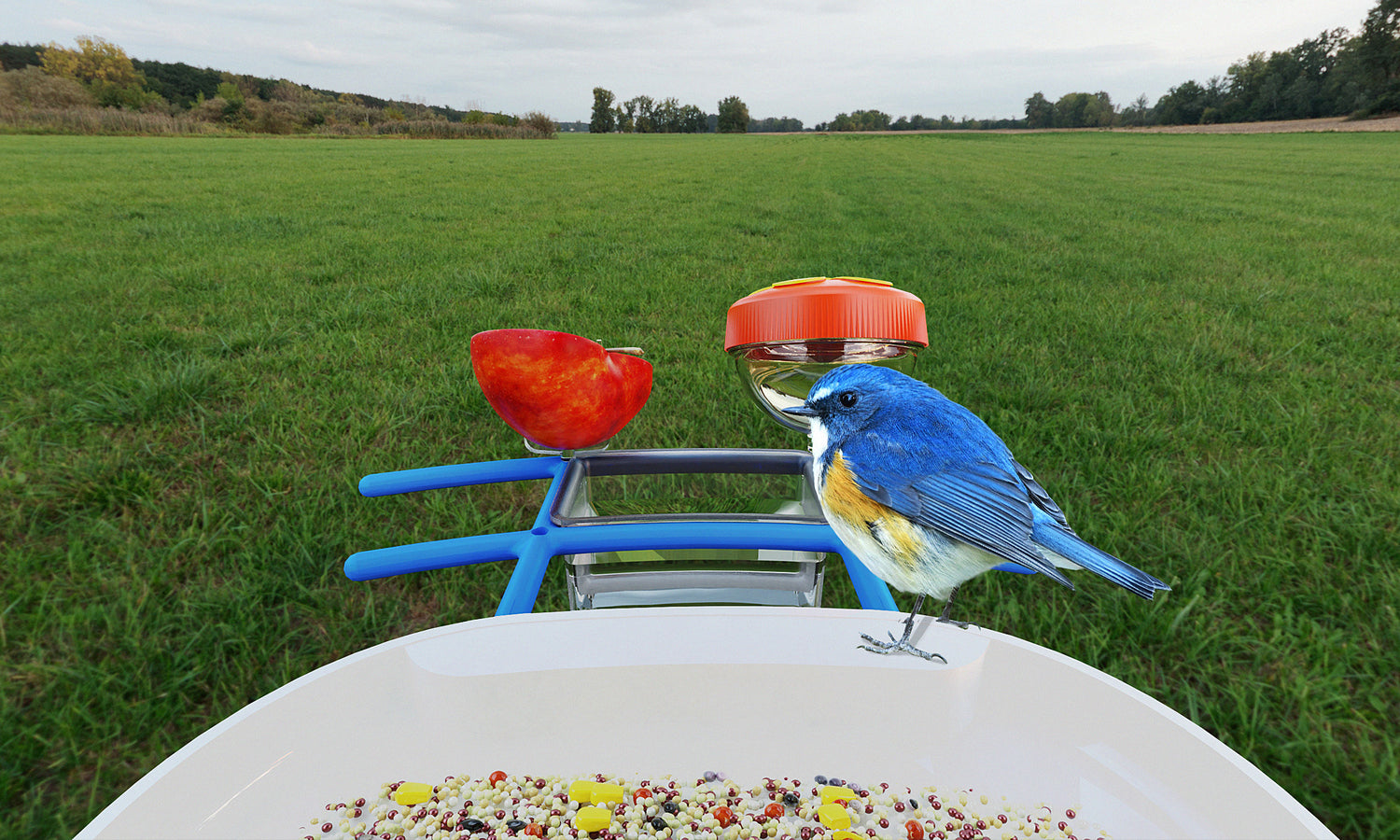
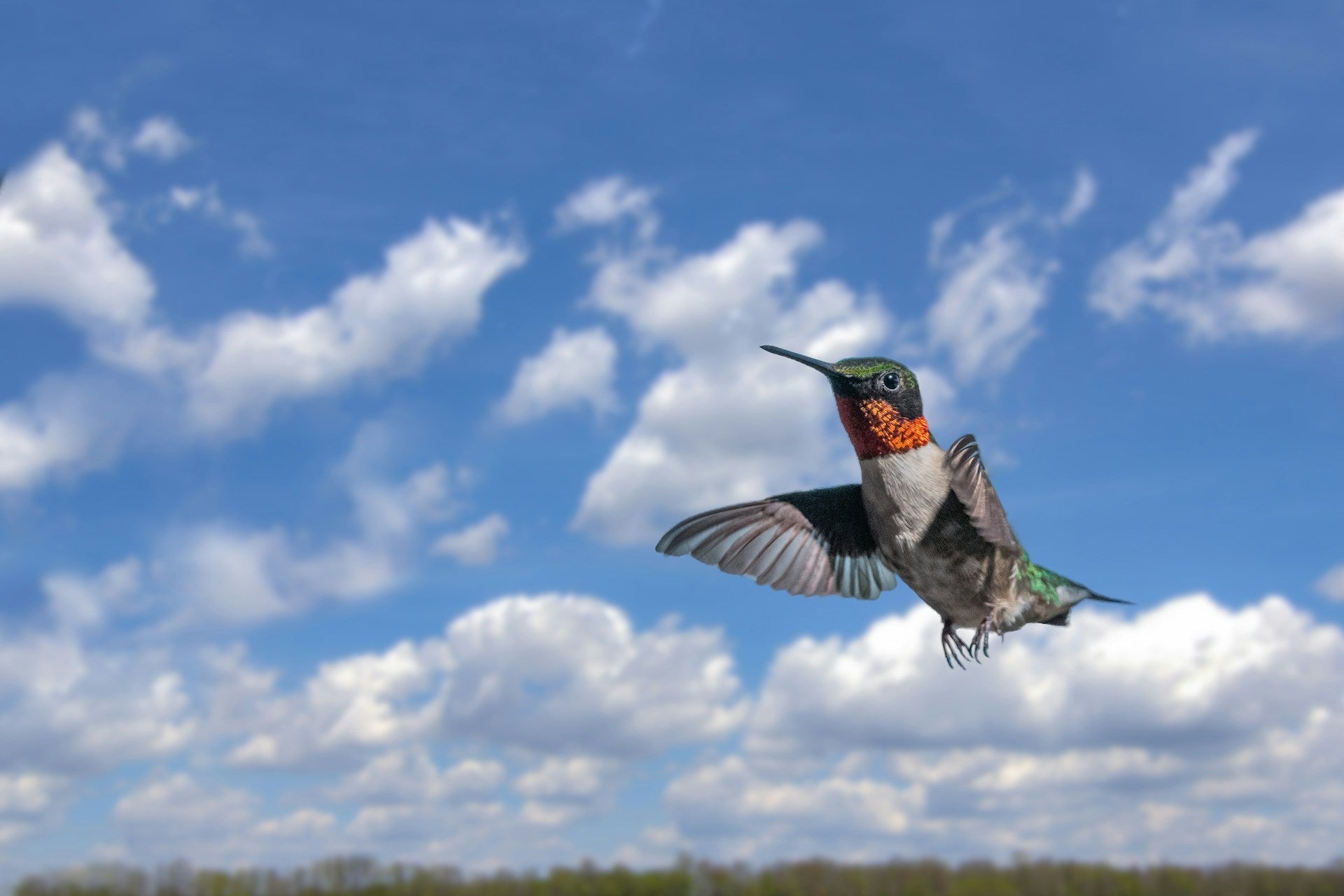
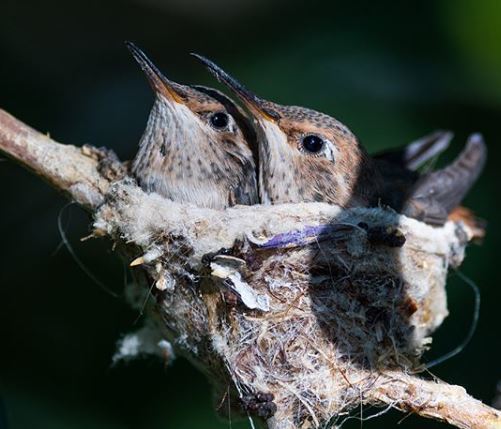
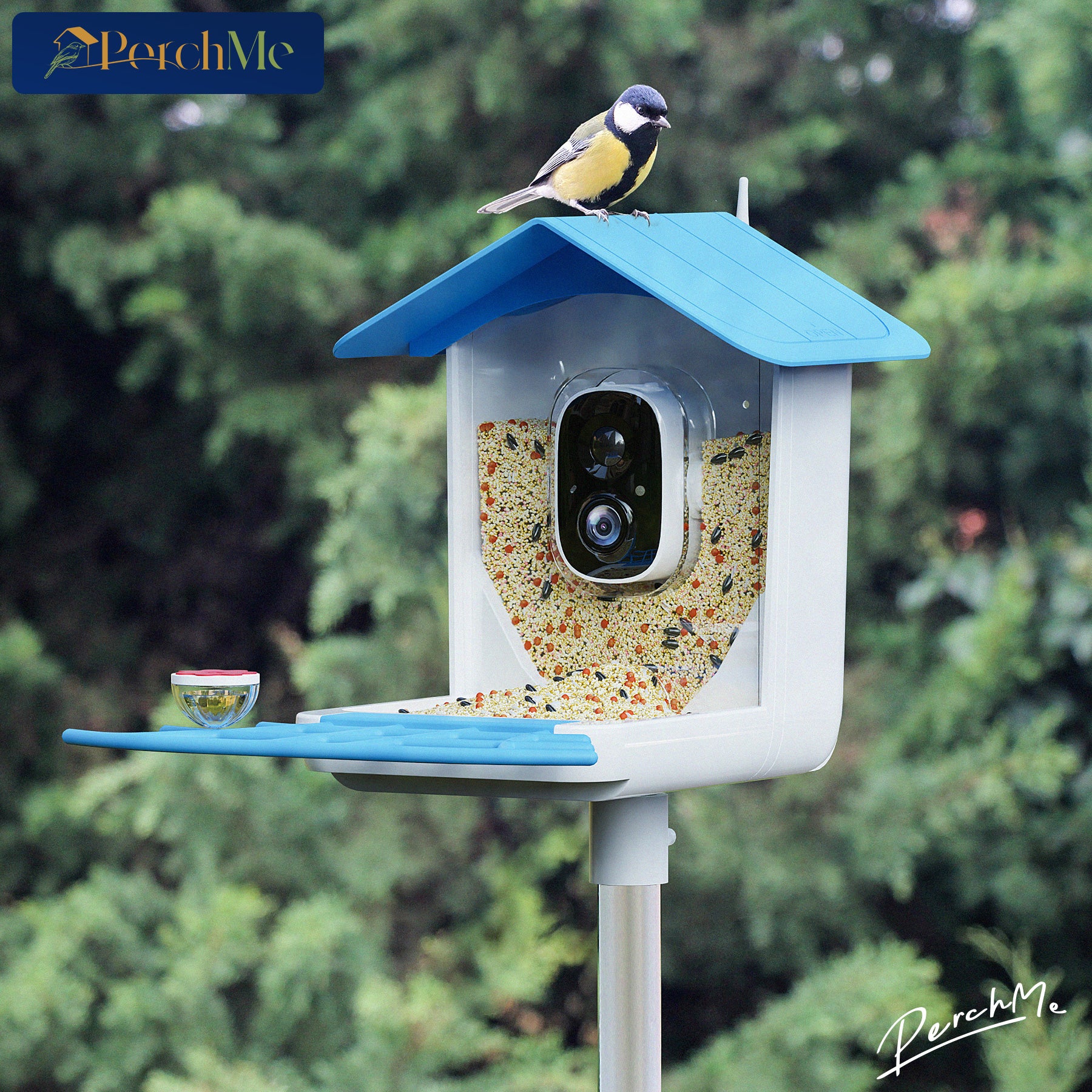
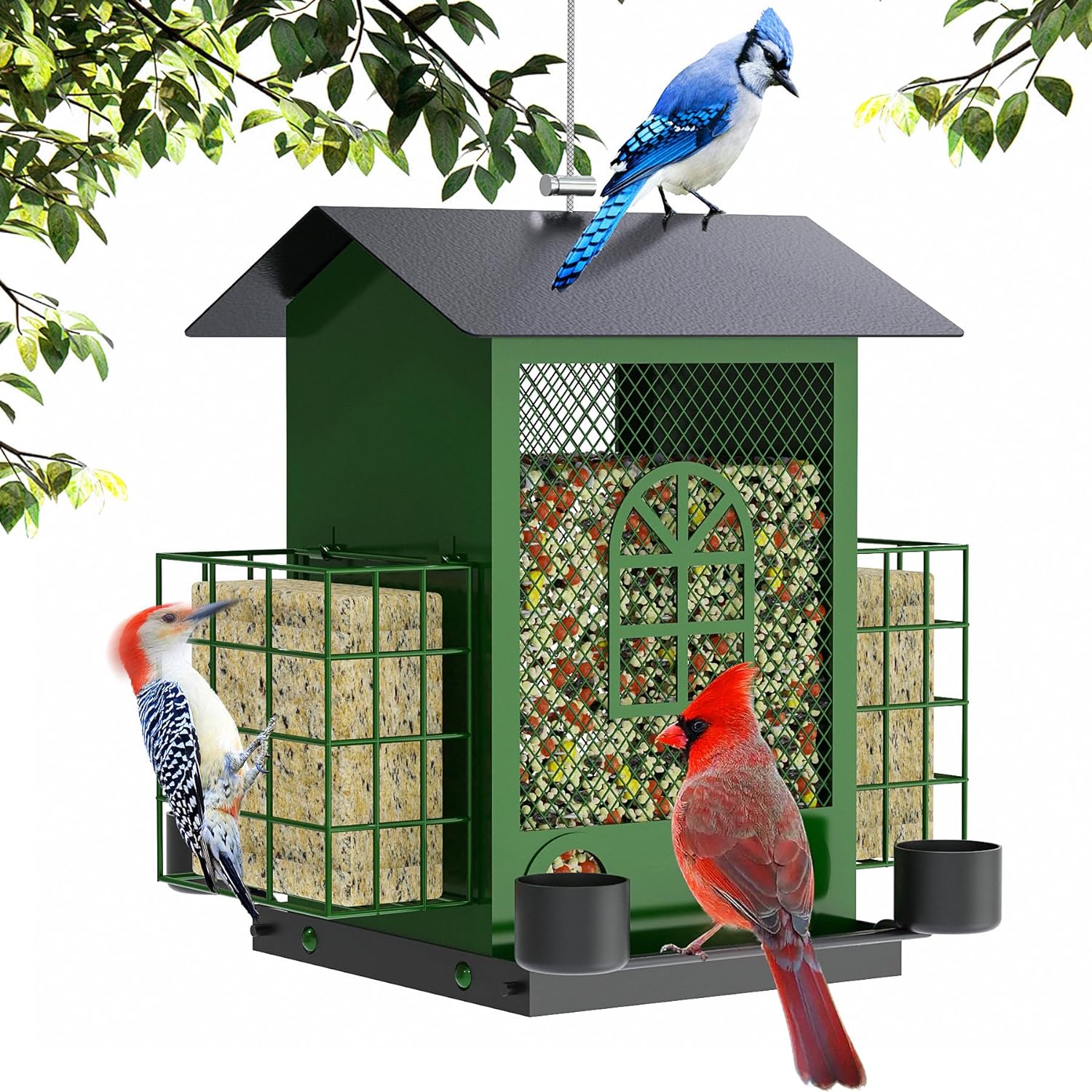














Leave a comment
All comments are moderated before being published.
This site is protected by hCaptcha and the hCaptcha Privacy Policy and Terms of Service apply.